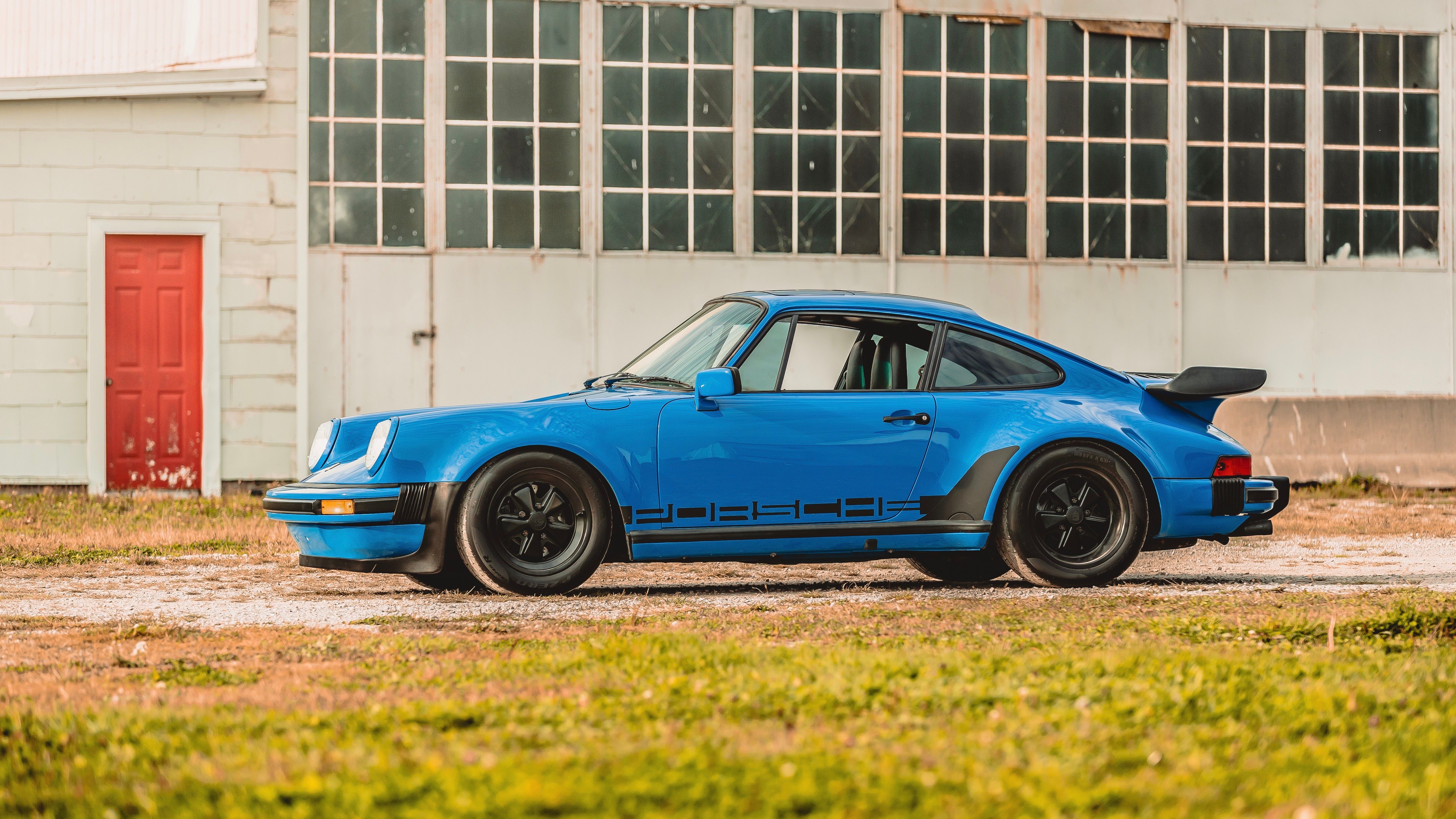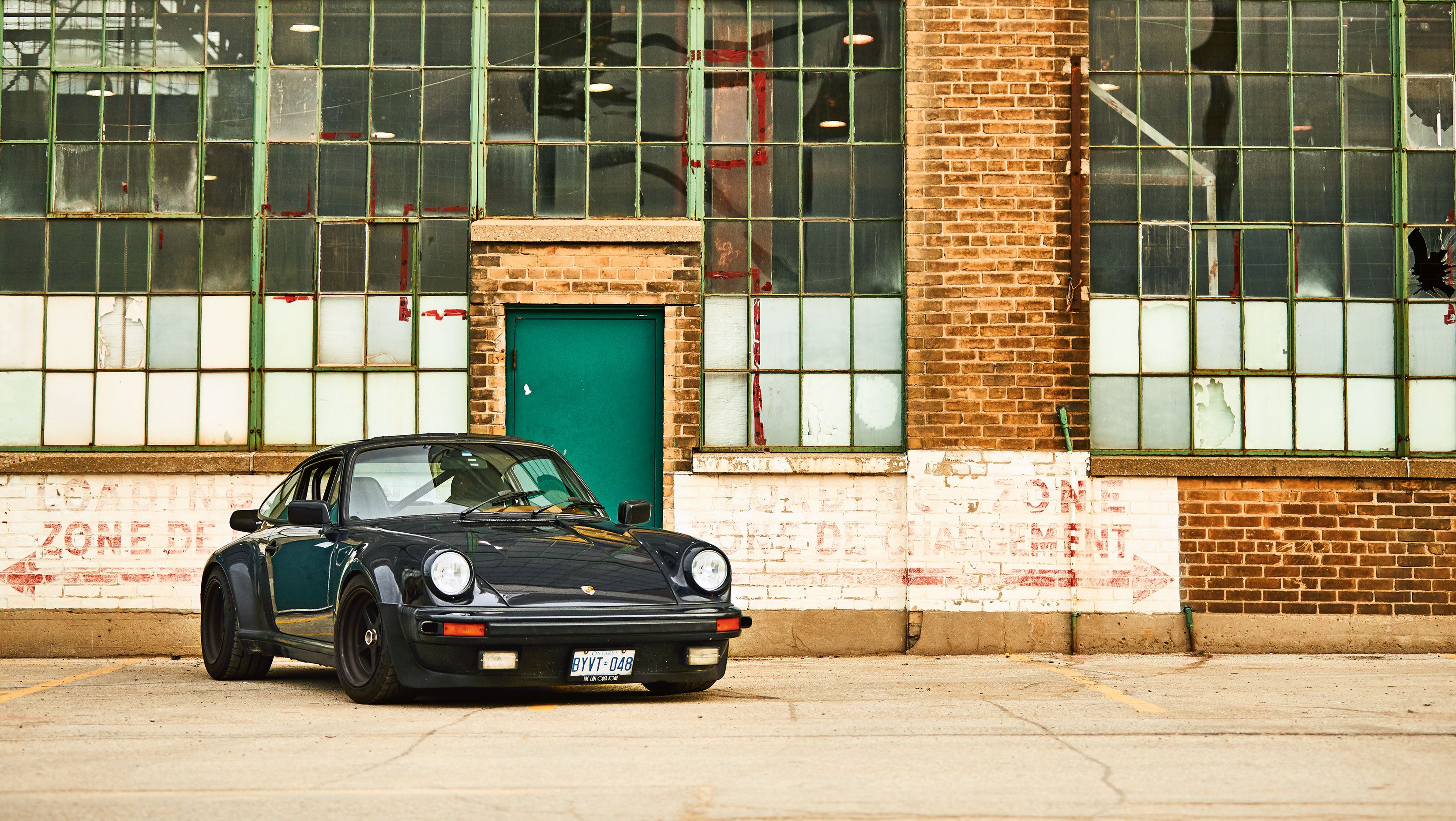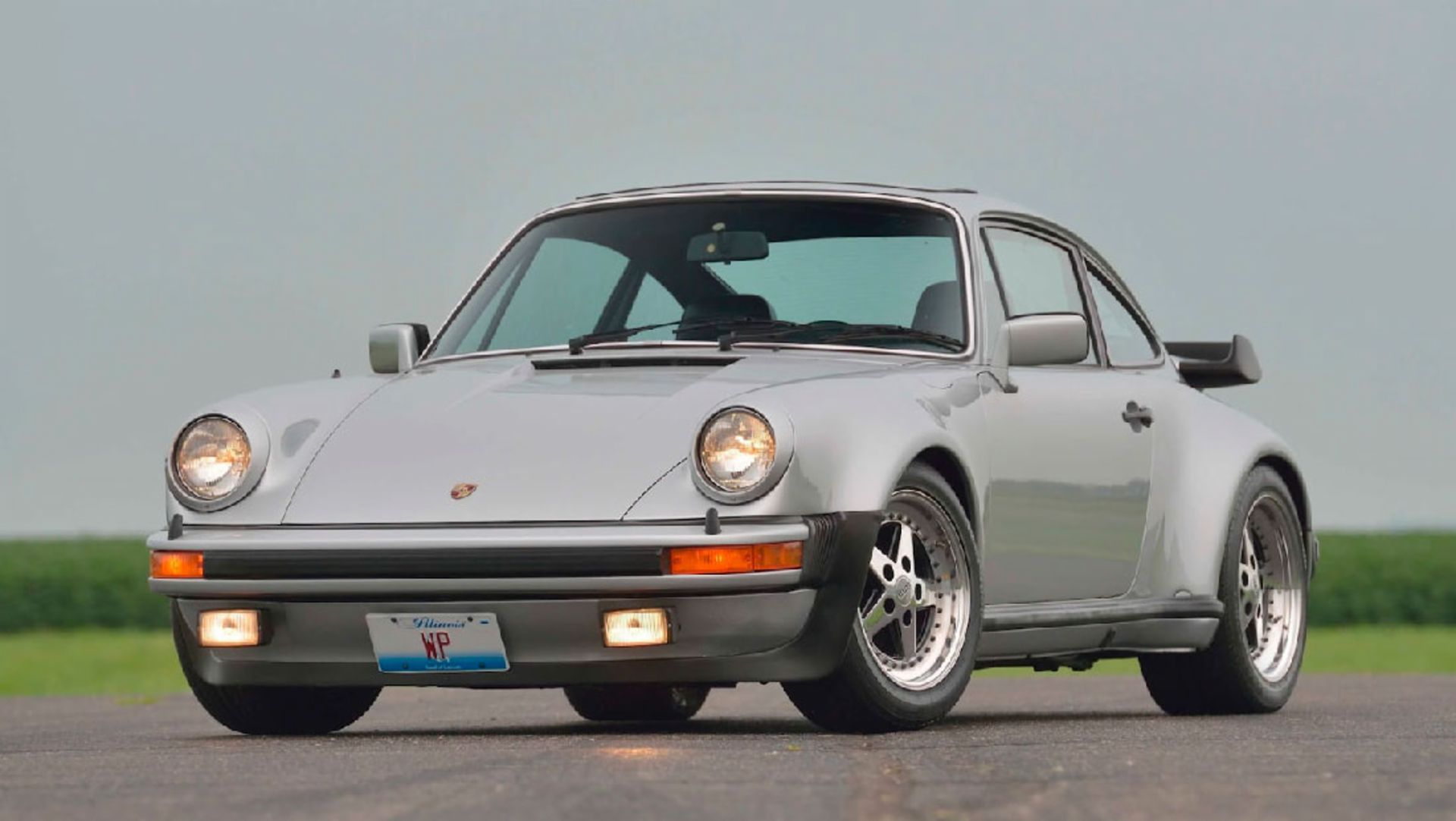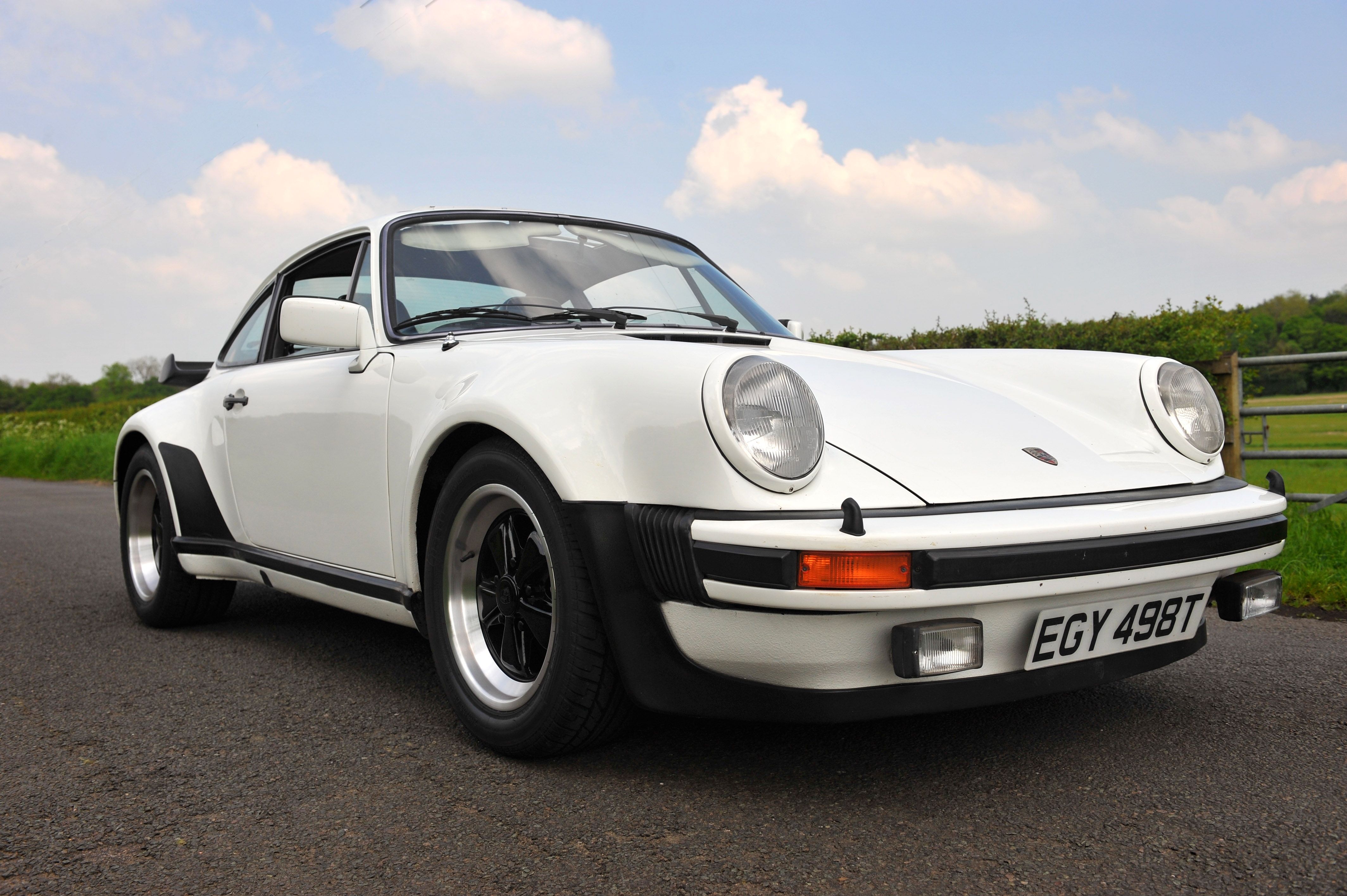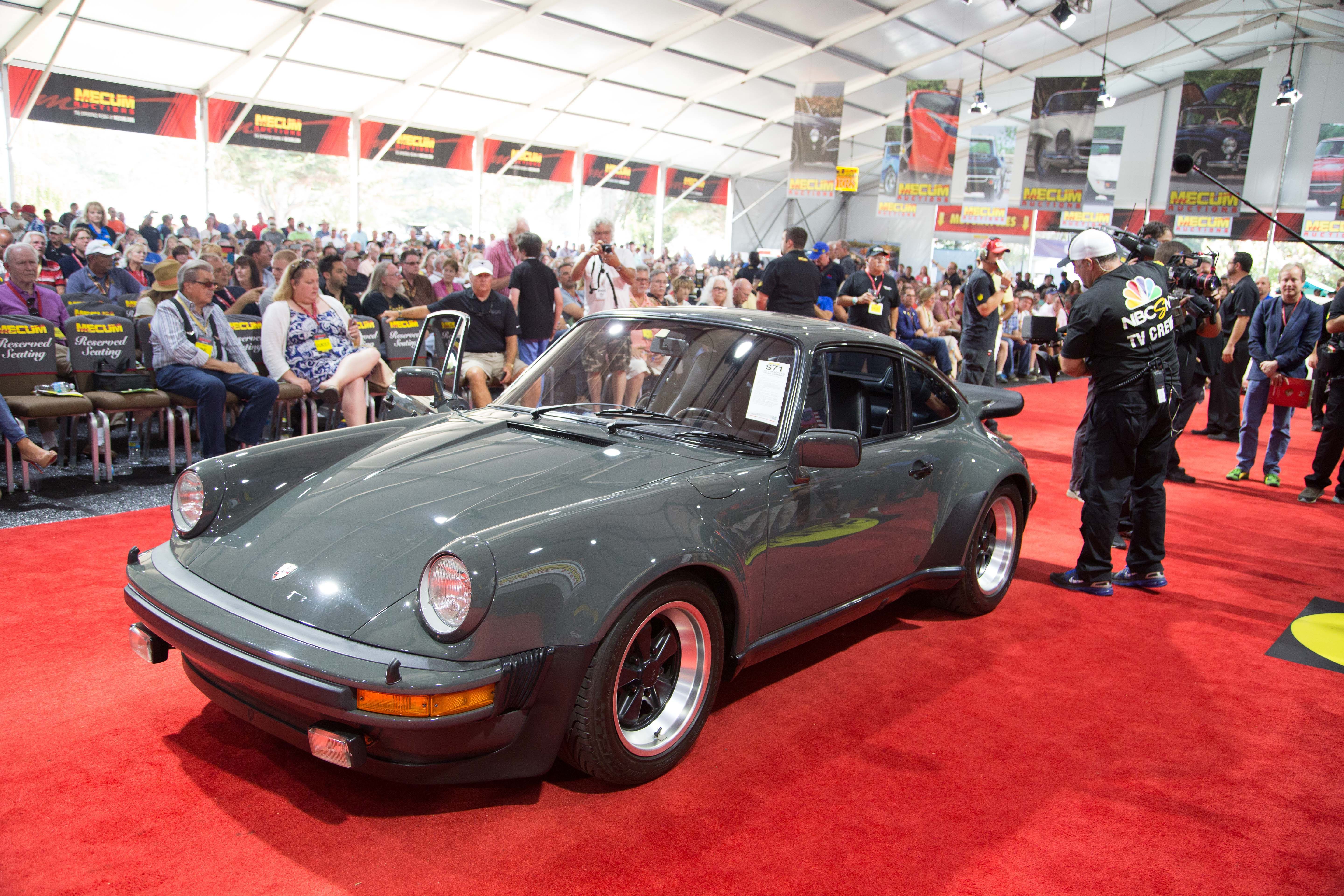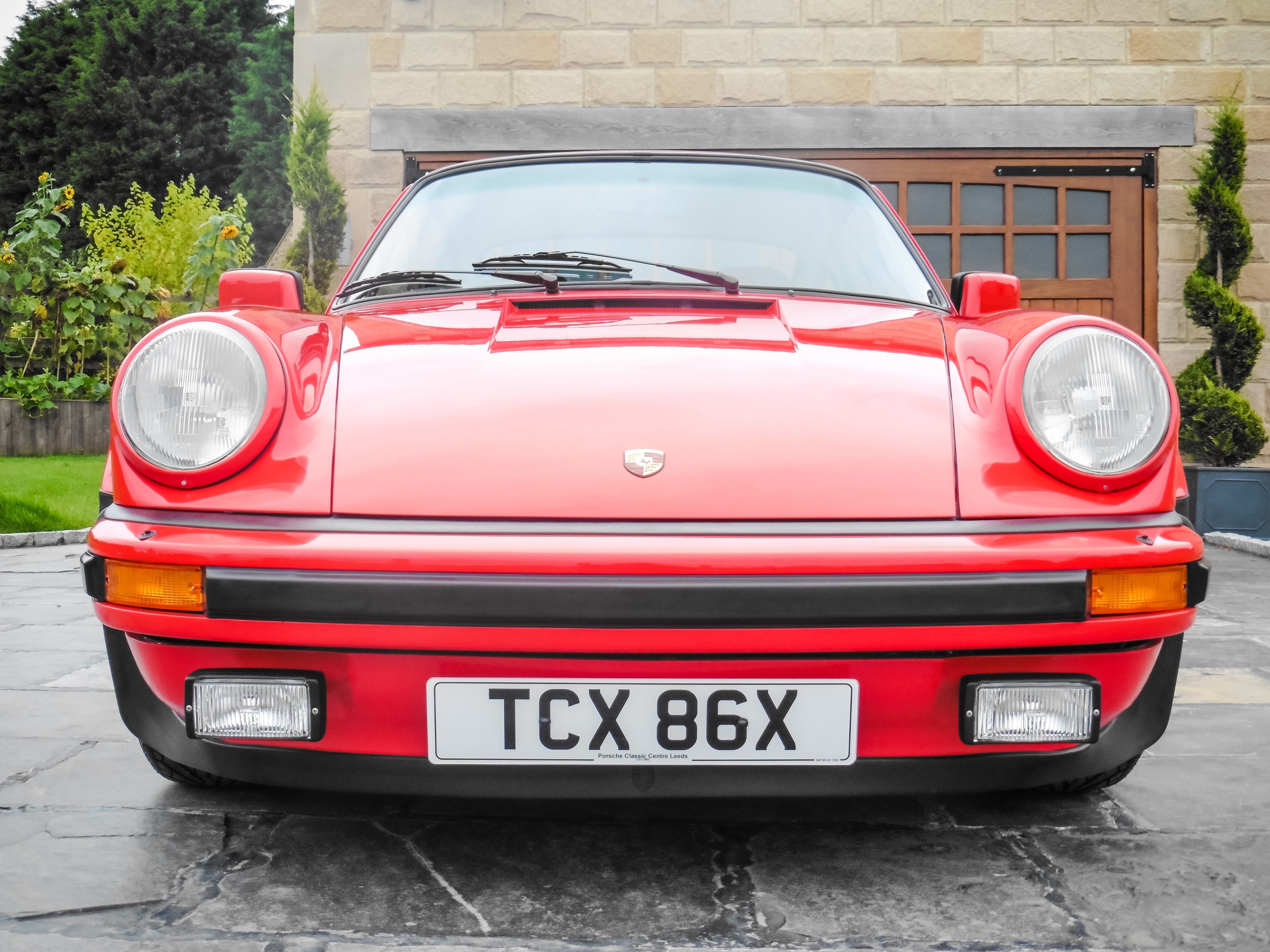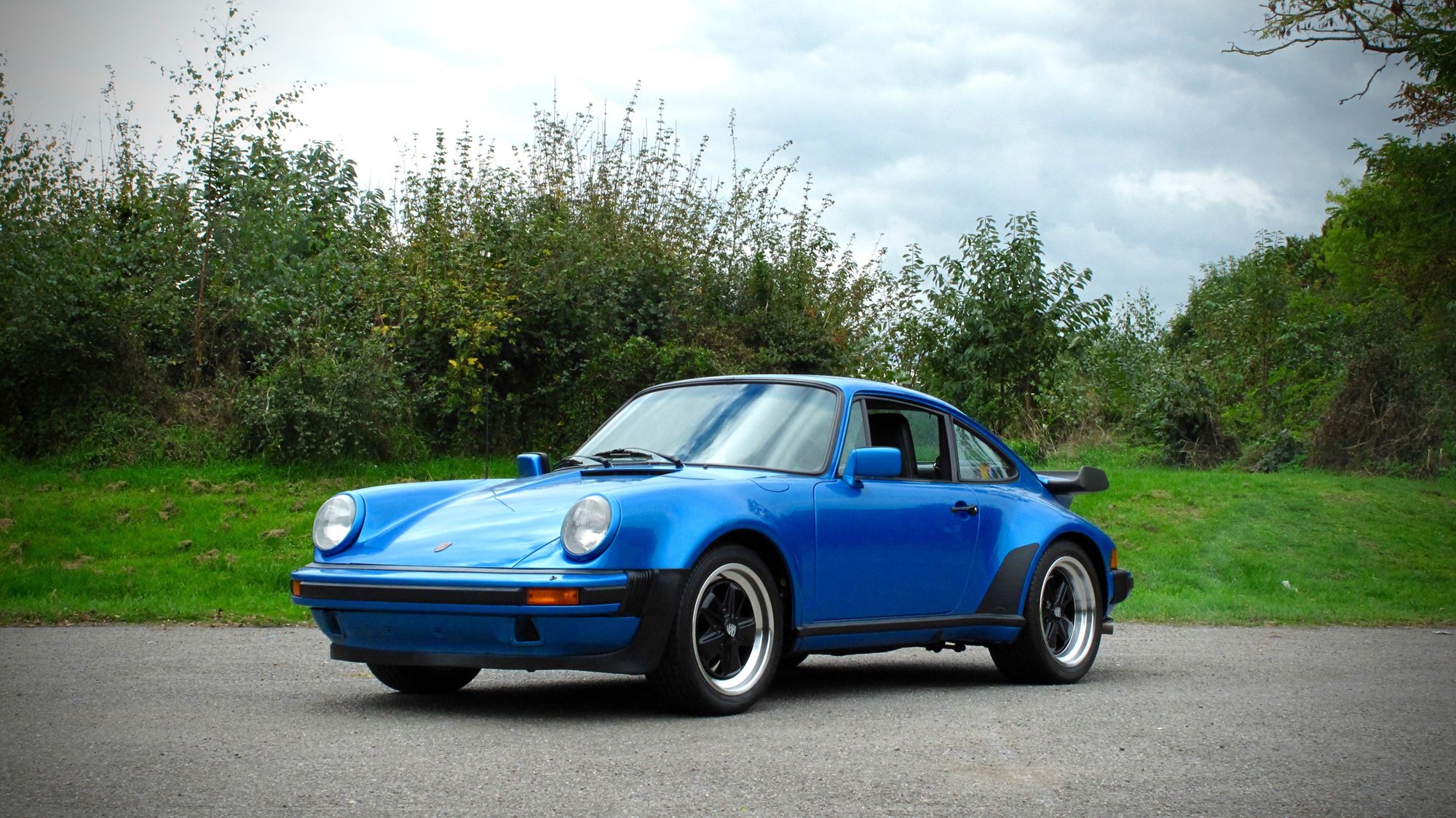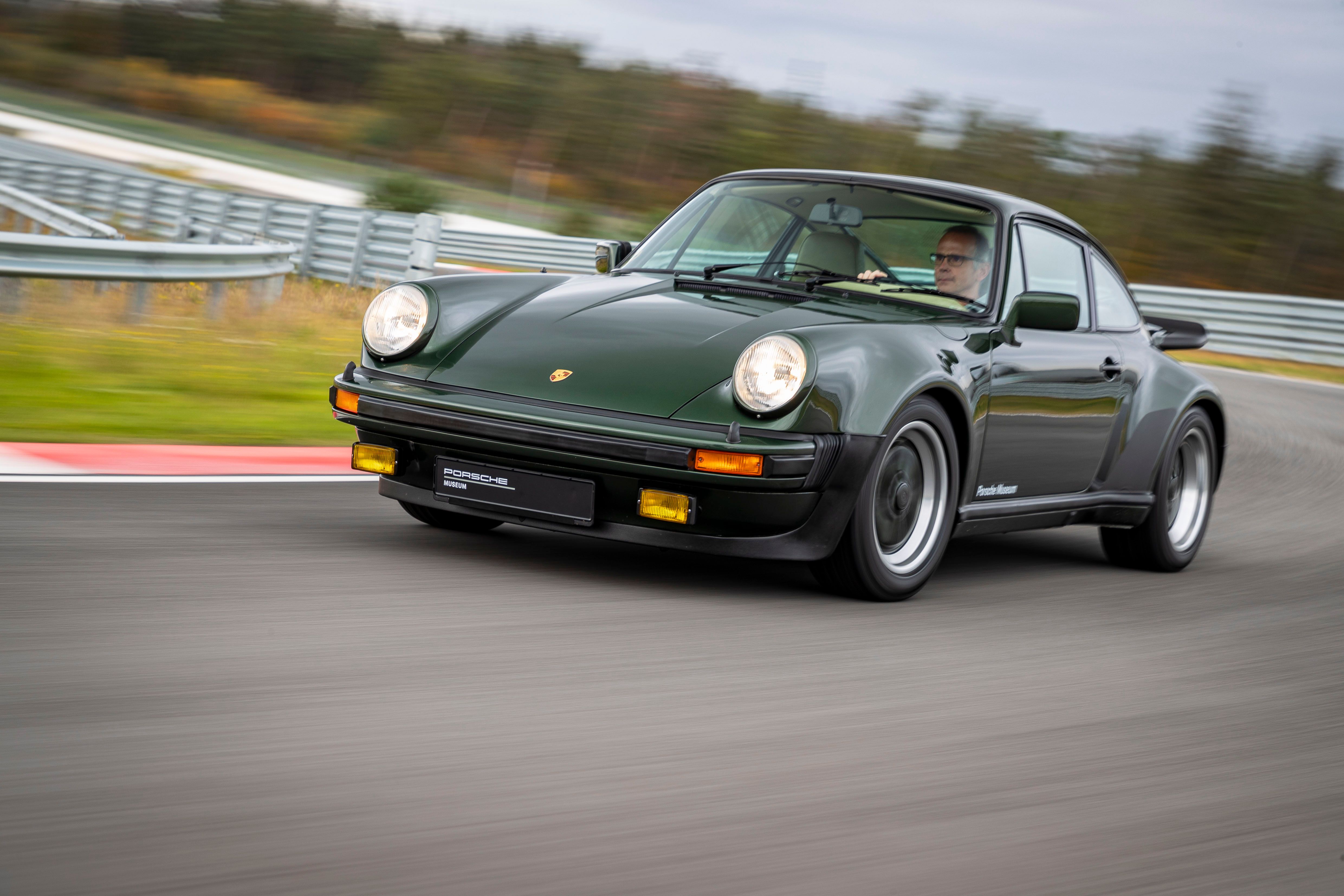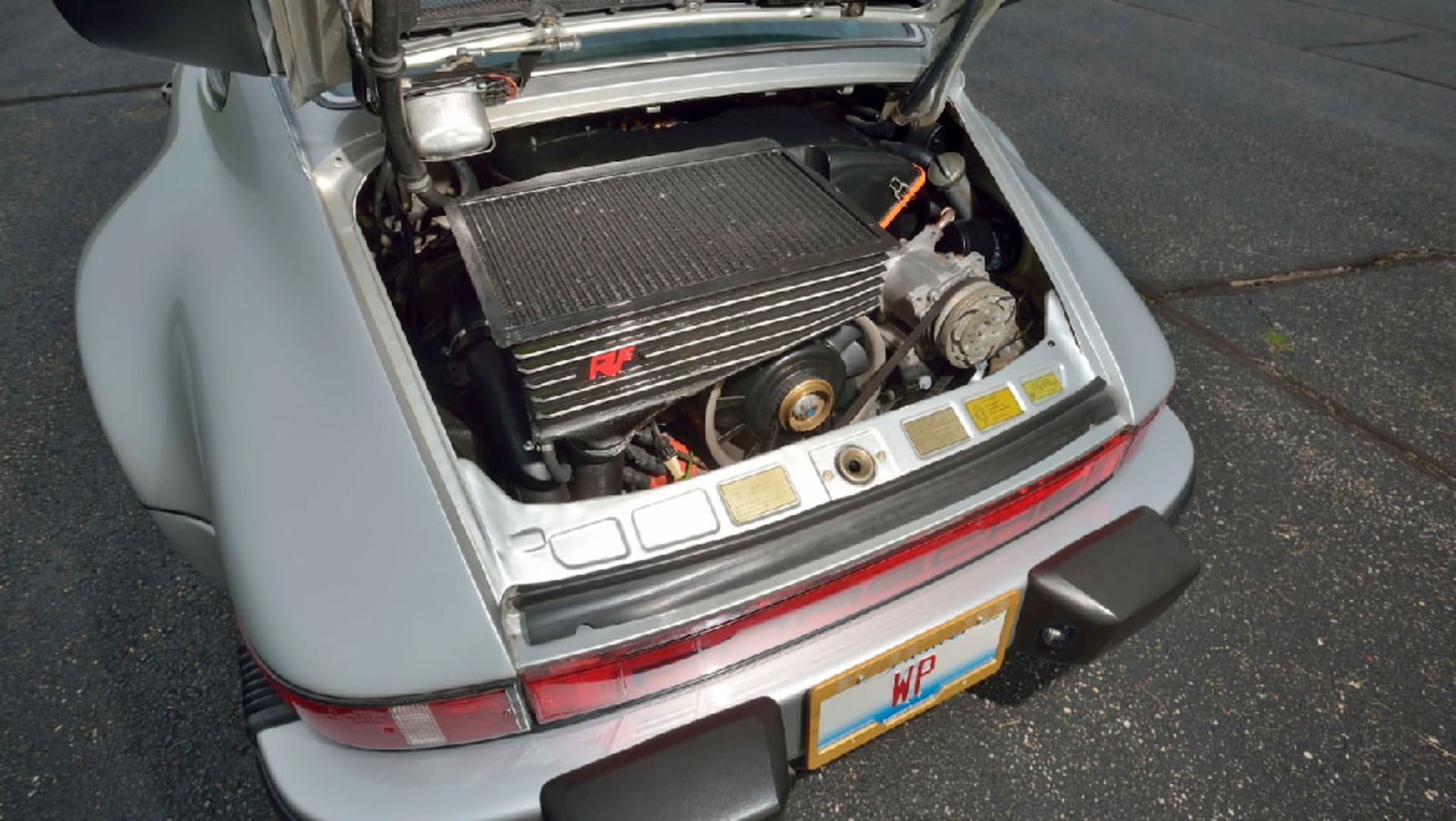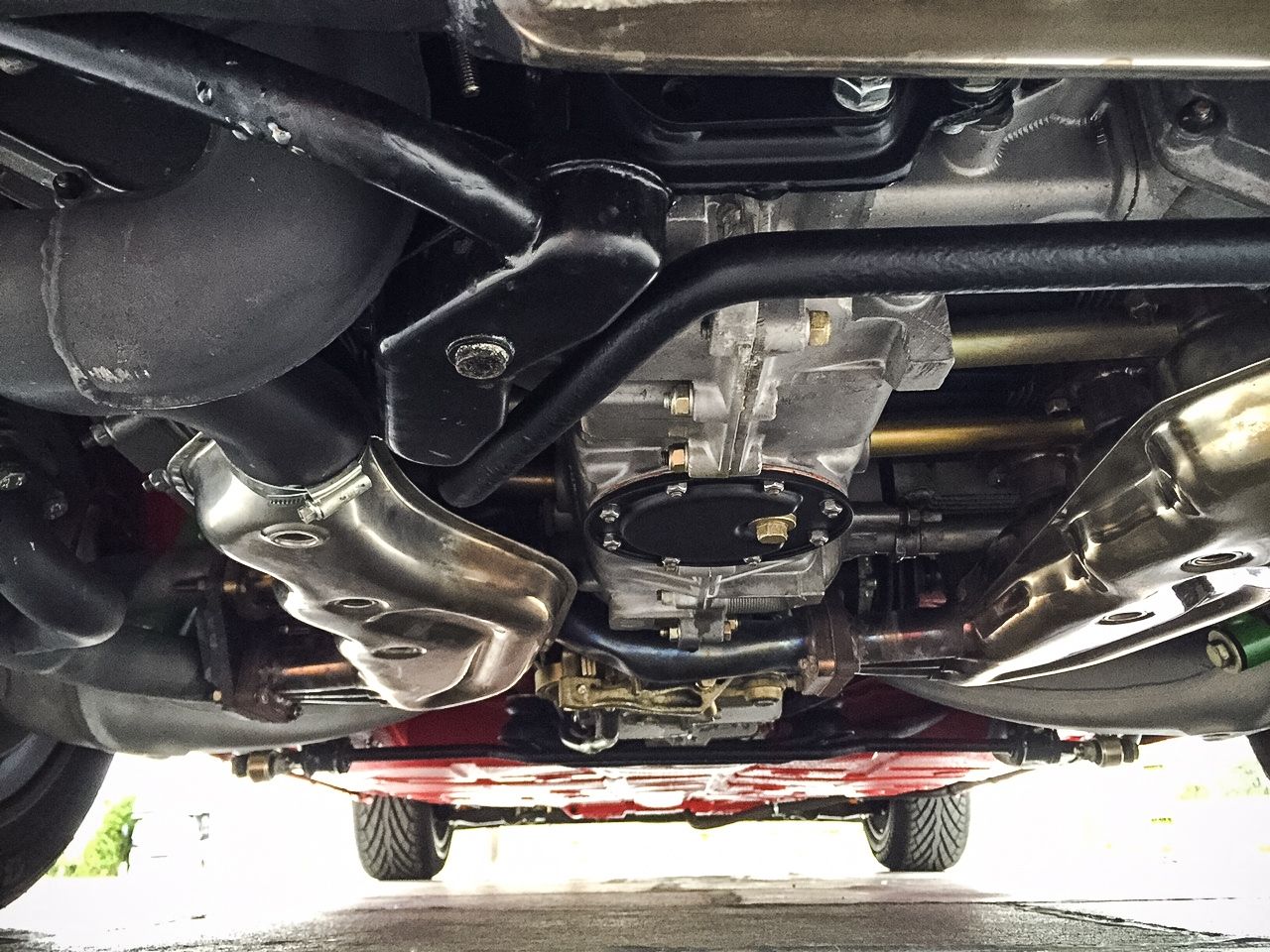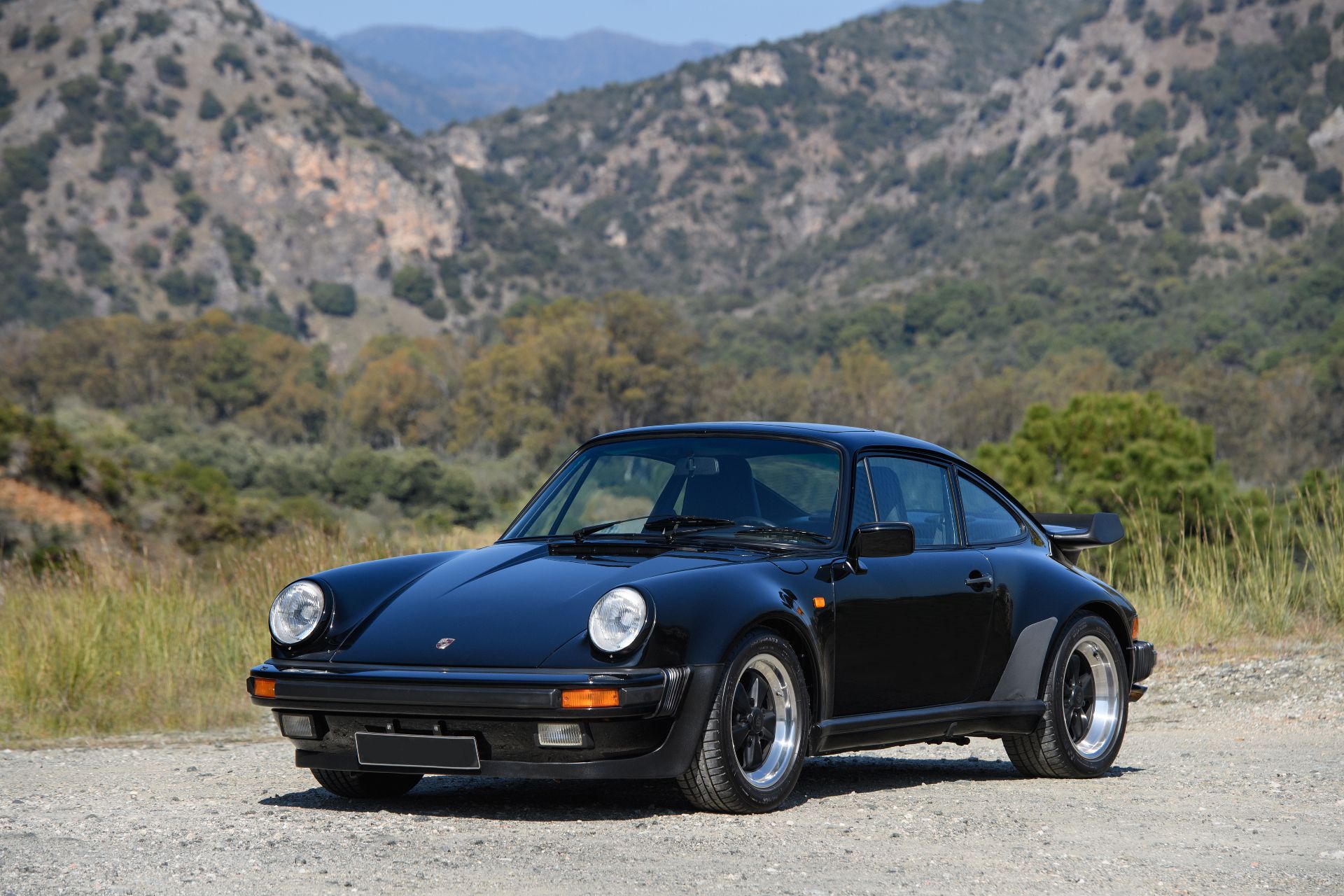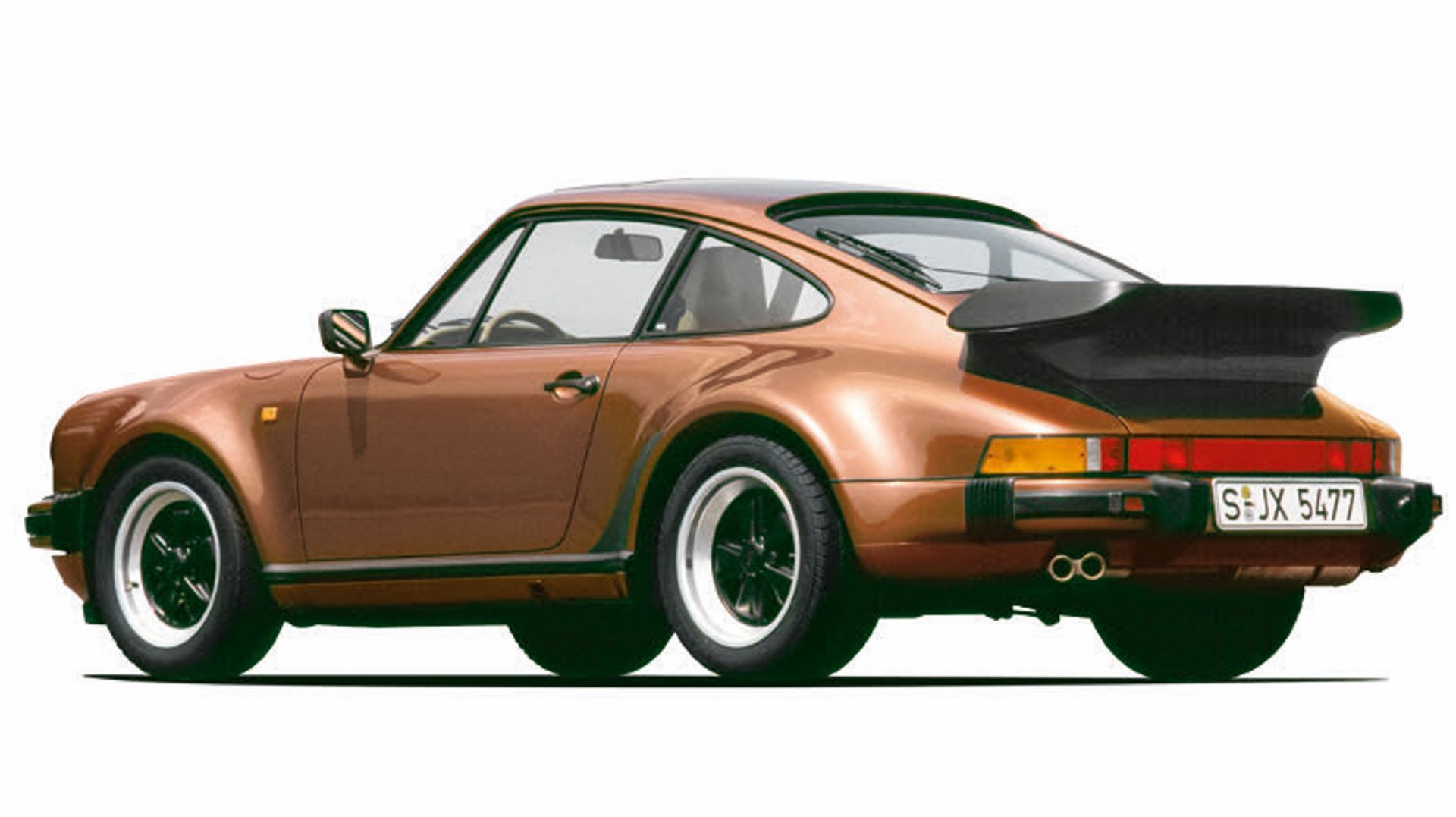The Porsche 911 is one of the most recognized sports cars out there. The model has a long and proud history that spans more than half a century. One of the 911’s biggest highlights, however, is the 930 Turbo, which is one of the most famous 911 models ever made, and for more than a few reasons. Here’s all you need to know about the iconic, rear-engine sports car of the 1970s and 1980s.
The Porsche 930 was the first 911 Turbo
You probably know this if you are a Porsche fanatic, but it’s worth mentioning that this is the beginning of all turbocharged, road-going Porsche 911 models. But the 930 Turbo is not just the first turbocharged 911. It’s also the first turbocharged production car, Porsche ever made.
The 930 Turbo benefited from racing know-how
The Porsche 911 (930) Turbo was a new beginning for Porsche, despite the company already having a stellar racing record. As with all advanced technologies, it all began on the racetrack, which is why the Porsche 930 Turbo borrowed tech straight from Can-Am – the Canadian-American Challenge Cup – which was a racing series that ran from 1966 to 1987.
The 930 Turbo would have had even more turbo-lag
Porsche’s 917/10 and 917/30 Can-Am were the first turbocharged cars Porsche ever made. But, before forced induction made its way into the Porsche 911, engineers recognized the technology’s flaw – turbo lag. Naturally, engine response is key in racing, so, with the help of individuals such as Roger Penske and Formula 1 drivers George Falmer and Mark Donohue, turbo lag was reduced and the 917 Can-Am racer was able to develop up to 1,100 horsepower.
Turbo-lag was still something the 930 Turbo was notorious for having, just like all early turbo engines. While the boost of the 930 Turbo was known to hit you violently, often being compared to a kick in the back, it’s good to know that it could have been worse. Of course, that still didn’t stop many drivers from meeting less than fortunate circumstances while trying to tame the power, only adding to the 930 Turbo’s allure.
The Porsche 930 Turbo was a homologation special
The Porsche 930 Turbo’s connection to motorsports goes even deeper. Once Porsche figured out how to minimize the negative effects of turbocharging – throttle response and turbo lag – the company decided to expand its motorsport activities to Group 4 and Group 5 racing.
This spawned a variety of legendary race cars, based on the Porsche 911 (930), among which the 1974 Porsche 911 RSR Turbo and the Porsche 934 and 935 variants that came after it. In order for all of those cars to be able to race, however, regulations required that 400 turbocharged, road-going models were produced. In came the Porsche 911 (930) Turbo.
The first production 911 to feature the Slant nose
The slant nose, also known as “Flachbau” was a feature that came from the Porsche 935, which was created specifically for FIA Group 5 racing. It was there that the design was first implemented, with the goal of improving the aerodynamic efficiency of the race car. In 1982, the slant nose was offered as an option for the top-of-the-line 911 Turbo S.
Porsche produced three different generations of the G-series 911 Turbo S with the slant nose, which differed from generation to generation. From start to finish, the slant-nose bodywork was an option, customers could order from Porsche’s “Sonderwunsch” (Special Wishes) program. The first-generation 930 “Flachbau” are considered cars made in 1982 and 1983 – a total of 58 cars.
Generation one, slant-nose cars featured the so-called, “Hammerhead” style, which meant no headlights on the front wings. Instead, there were clusters of twin lights on each side of the front bumper.
The second-generation slant-nose 930, produced from 1983 to 1987, switched to pop-up headlights. There were optional vents on the front wings, copied from the Porsche 935 race car. Some US states required clear lenses, in place of the pop-up headlights. A total of 204 second-generation 930 slant-nose cars were made.
Third-generation 930 Flachbau cars were made between 1987 and 1989. They were produced alongside the standard 911 (930) models, after which they were sent to the Repair Department in Werks 1 building, in the Zuffenhausen plant. Generation three cars were the first to be officially imported into the U.S. Most of the 686 cars were sold there.
The first 930 Slant nose was not made by Porsche
Porsche may have offered the slant-nose conversion as part of the Special Wishes program, in 1982, but it was independent tuner, Kremer, who made the first conversion. Recognizing the potential of the platform, Kremer decided to alter the traditional 911 look of the 930 Turbo, turning it into a road-legal variant of the 935 – the Group 5 race car that, first, introduced the slant nose design. Kremer did that in 1977 – five years before Porsche started offering the Flachbau bodywork as an option.
US versions of the Porsche 930 Turbo were called “Turbo Carrera"
The Porsche 911 (930) Turbo was introduced in 1975, but North America did not get it until a year later, in 1976. In the U.S., the original 911 Turbo was named the Turbo Carrera. This was done to capitalize on the success of the Porsche 911 Carrera 2.7 RS, which was another homologation special that came before the 930 Turbo.
Magnus Walker owns the first 930 Turbo, sold in the US
If you are into 911s, you probably know that the man is a 911 aficionado, die-hard fan, and an expert. He happens to own a few examples of the original 911 Turbo, but one of them is extra special - the car with VIN number “15”. According to Magnus, Porsche started the VIN numbers at 11, but the first four cars were show cars and press cars.
This means that VIN number 15 is the first U.S. production car, ever sold. The car was, reportedly, sold by Bob Smith Porsche, in Hollywood. It was, allegedly, ordered by actor, Robert Redford, who never took delivery of it. While Magnus dismisses this as “Hollywood folklore” and he’s adamant that the car had never left LA.
The 930 became more powerful as time went by
All 930 Turbo variants had an all-aluminum flat-six with a single, KKK turbocharger. Early examples came with a 3.0-liter flat-six with a 6.5:1 compression ratio that produced 256 horsepower at 5,500 RPM and 253 pound-feet (343 Nm) at 4,000 RPM. The U.S.-spec cars were down on power, compared to European examples – 245 horsepower versus 256 - and had the typical for the time, 5 mph bumpers.
The transmission was a four-speed manual with very tall gears. First gear was good for about 55 mph (88.5 km/h) while second was good for about 90 mph (145 km/h). Depending on whether it was a U.S. or Euro-spec car, the 0 to 60 mph (97 km/h) sprint took 6.0 to 5.5 seconds.
In 1984, the 3.3-liter Turbo was introduced, which, depending on the market, brought power up to 282 and 300 horsepower at 5,500 RPM while torque was rated at 288 to 317 pound-feet (390 to 430 Nm) at 4,000 RPM. Another novelty was the new, five-speed manual transmission, thanks to which the 930 Turbo 3.3 could sprint to 60 mph (97 km/h) in 5.2 seconds.
Again in 1984, came the big daddy – the Porsche 911 (930) Turbo S. Power from the 3.3-liter turbocharged flat-six was now 330 horsepower at 5,750 RPM and 344 pound-feet (467 Nm) at 4,500 RPM. This translated to a 0 to 60 mph (97 km/h) time of 4.9 seconds and a top speed of 170 mph (274 km/h).
Porsche 911 Turbo (930) specifications
|
Engine |
3.3-liter Turbo flat-six |
3.3-liter turbocharged flat-six |
|---|---|---|
|
Power |
282 - 300 HP @ 5,500 RPM |
330 HP @ 5,750 RPM |
|
Torque |
288 - 317 LB-FT @ 4,000 RPM |
344 LB-FT @ 4,500 RPM |
|
0 to 60 mph |
5.2 seconds |
4.9 seconds |
|
Top speed |
170 mph |
The 930 Turbo was never a heavy car
By definition, the Porsche 911 has always been a relatively compact and lightweight car. While still true, this was even more so back when the 930 Turbo came out. While considered to be the flagship 911 and one of the most usable versions of the car, the 930 Turbo had a curb weight of 3,040 pounds (1,379 kg).
The original Porsche 911 Turbo opened Pandora's box of Porsche tuners
The Porsche 930 Turbo was immediately recognized as a very capable platform. Countless independent tuners and manufacturers, like Gemballa, Kremmer, DP, Strosek, RUF, and others had their way with the 930 Turbo and created some of the most bonkers variants of the cars. In modern days, the 930 is still being reimagined by companies like Singer, Theon, RWB, and others, which is further testimony to the 930 Turbo’s significance.
The fastest Porsche 930 Turbo was not made by Porsche
Kremer beat Porsche to the 930 Flachbau, but it was RUF that took the title for the fastest 930 ever made. Technically, RUF was its own brand, which acquired body shells and in some cases engines, directly from Porsche and did everything else, in-house.
The car in question is the 1987 to 1996 RUF CTR “Yellowbird.”} CTR stood for Group C Turbo RUF and “Yellowbird” was a nickname given to the car, because of what a certain, bright yellow test car did on the Nurburgring. You’ve probably seen the video, in which the car takes every corner of the Nordschleife, sideways.
The RUF CTR “Yellowbird” was powered by a heavily-modified version of Porsche’s 3.2-liter flat-six, stretched to 3.4 liters. It produced 463 horsepower at 5,950 RPM and 408 pound-feet (553 Nm) at 5,100 RPM, although it is believed that the power figure is severely underrated, and actually being 620 horsepower.
1996 RUF CTR “Yellowbird” specifications
|
Engine |
3.4-liter turbo flat-six |
|---|---|
|
Power |
463 HP @ 5,950 RPM |
|
Torque |
408 LB-FT @ 5,100 RPM |
|
0 to 60 mph |
3.1 seconds |
|
Top speed |
214 mph |
That would explain the RUF CTR’s top speed of over 214 mph (345 km/h) and the 0 to 60 mph (97 km/h) time of 3.1 seconds. Like on the later 930 Turbo modes, the transmission was a five-speed manual. In 2017, RUF decided to make a successor to the original car, with 700 horsepower and 649 pound-feet (880 Nm) from a 3.6-liter twin-turbo flat-six.
The Porsche 930 Turbo was more mass-produced than anticipated
While only 400 units were required to homologate the Porsche 934 and 935 for racing, a total of 18,770 Porsche 930 Turbos were made between 1975 and 1989. This does not include RUF’s creations, which had their own VIN numbers and were, technically, different cars, despite the resemblance.
The 930 Turbo’s production figures far outnumbered those of its direct competitors. The 1973 to 1984 Ferrari Berlinetta Boxer was produced in 2,323 examples while only 1,983 examples of the 1973 to 1990 Lamborghini Countach were ever made. To this day, the Porsche 911 Turbo is one of the most mass-produced and successful high-performance sports cars, ever made.


